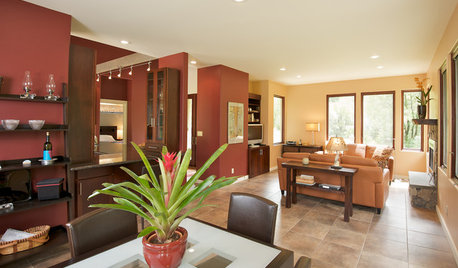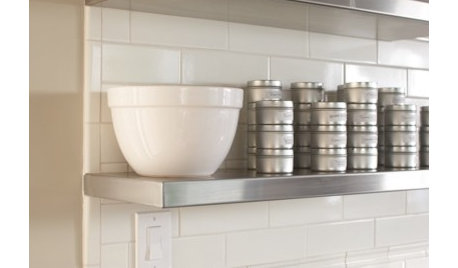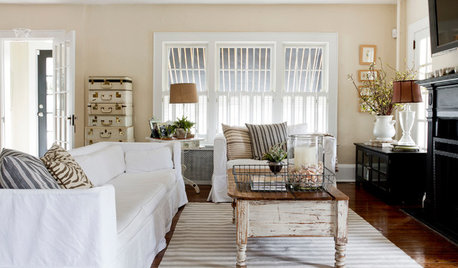I have found the BEST cheap flourescent ballast/fixture - cont'd.
plant_guy
20 years ago
Related Stories

INSIDE HOUZZUsing Houzz: Create a Home To-Do List
See how to use an ideabook to keep track of your home projects this year
Full Story
REMODELING GUIDESOriginal Home Details: What to Keep, What to Cast Off
Renovate an older home without regrets with this insight on the details worth preserving
Full Story
DECORATING GUIDESFrom Queasy Colors to Killer Tables: Your Worst Decorating Mistakes
Houzzers spill the beans about buying blunders, painting problems and DIY disasters
Full Story
LIGHTING5 Questions to Ask for the Best Room Lighting
Get your overhead, task and accent lighting right for decorative beauty, less eyestrain and a focus exactly where you want
Full Story
LIGHTINGWhat to Know About Switching to LED Lightbulbs
If you’ve been thinking about changing over to LEDs but aren't sure how to do it and which to buy, this story is for you
Full Story
LIGHTINGThe Lowdown on High-Efficiency LED Lighting
Learn about LED tapes, ropes, pucks and more to create a flexible and energy-efficient lighting design that looks great
Full Story
COLORHow to Use Marsala, Pantone’s 2015 Color of the Year
Pantone digs deep and goes earthy with its selection. Here are ways to make it work in your home
Full Story
KITCHEN DESIGNHow Much Does a Kitchen Makeover Cost?
See what upgrades you can expect in 3 budget ranges, from basic swap-outs to full-on overhauls
Full Story
FUN HOUZZ10 Things People Really Don’t Want in Their Homes
No love lost over fluorescent lights? No shocker there. But some of these other hated items may surprise you
Full Story
FEEL-GOOD HOMESimple Pleasures: 10 Ideas for a Buy-Less Month
Save money without feeling pinched by taking advantage of free resources and your own ingenuity
Full StorySponsored
More Discussions






ofmossandmoose
maineman
Related Professionals
Elwood Landscape Architects & Landscape Designers · Rancho Palos Verdes Landscape Architects & Landscape Designers · Deer Park Landscape Contractors · Dunwoody Landscape Contractors · East Lake-Orient Park Landscape Contractors · Fort Worth Landscape Contractors · Kaneohe Landscape Contractors · Ramsey Landscape Contractors · Rosemount Landscape Contractors · Soddy Daisy Landscape Contractors · Fish Hawk Handyman · Centereach Fence Contractors · Memphis Fence Contractors · Winnetka Fence Contractors · Yorba Linda Fence Contractorsofmossandmoose
xmaslightguy
maineman
Bob
object16
ofmossandmoose
maineman
ofmossandmoose
maineman
ofmossandmoose
maineman
ofmossandmoose
zink
maineman
zink
maineman
ofmossandmoose
ofmossandmoose
object16
jabear
rmordo_gmail_com
cannabisgrower
xmaslightguy
zink
xmaslightguy
xmaslightguy
zink
xmaslightguy
maineman
xmaslightguy
cannabisgrower
cannabisgrower
xmaslightguy
taz6122
zen_man
taz6122
jkirk3279
taz6122
struwwelpeter
taz6122
struwwelpeter
struwwelpeter
taz6122
taz6122
taz6122
taz6122
taz6122
lee676